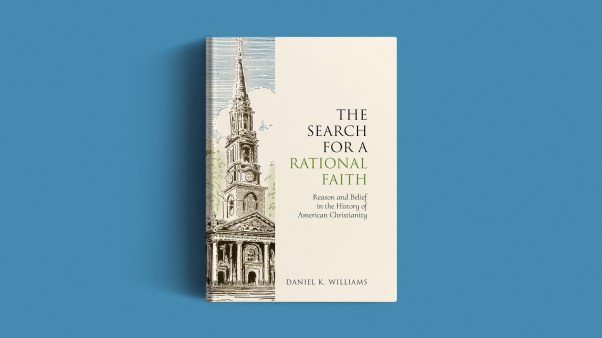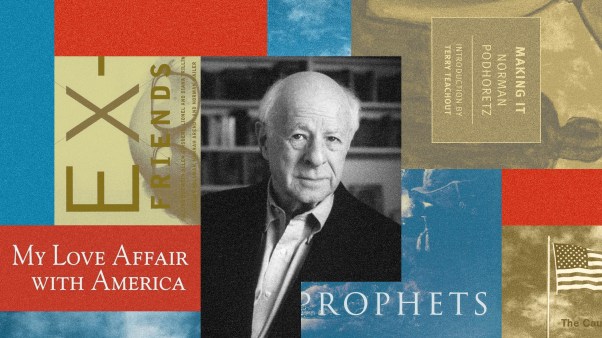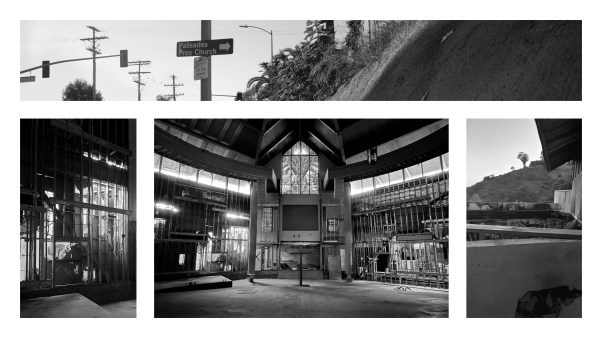If you preach long enough, a hard truth will emerge: You can preach a sermon that’s sharp, sound, and theologically airtight—and still watch it bounce off the congregation like a tennis ball off a brick wall. The people in the pews may nod their heads, but their hearts remain untouched. They might intellectually agree, but there’s no movement. No change. No growth.
Why does this happen?
Because while minds engage, hearts lead. The heart, as both artists and preachers eventually discover, speaks a language only art can truly translate. We’re not just rational beings who occasionally have an emotional lapse. In truth, we’re deeply emotional creatures who occasionally dabble in reason. As a preacher, I understand that to truly transform the behavior of my listeners, the shift must happen at the affective level, not the intellectual level. This is why all people fail to do the good they know they should do and do the wrong they know is wrong.
Preaching that transforms
Consider the difference between sermons that inform and sermons that transform. The former traffics in ideas, exegesis, and argument. The latter traffics in beauty, mystery, and vulnerability. You can connect to someone’s mind through a clever turn of phrase or a well-structured outline. But to reach the heart, you need to offer them something more—something alive, something beautiful, something that risks vulnerability. You need art.
In The Artist’s Way, Julia Cameron insists that creativity is not a luxury reserved for the chosen few but a spiritual birthright. “The refusal to be creative,” she writes, “is self-will and counter to our true nature.” What Cameron understands—and what every preacher must learn—is that creativity is the pathway to the heart. This isn’t just theory. It’s something I’ve experienced firsthand.
This past Lenten season, I dedicated myself to the discipline of what Cameron calls “Morning Pages.” It’s the daily practice of writing three pages of stream of consciousness thought each morning. At first, it felt a little self-indulgent. But over time, it became a formative spiritual discipline that stripped away my armor of self-protection and helped me encounter my own soul in fresh and creative ways. For communicators, we cannot hope to touch another’s soul until we’ve been willing to encounter our own.
Vulnerability, beauty, and the preacher’s role
Artistry, at its best, is an act of vulnerability. It reveals the artist’s own longing, doubt, and hope. In the same way, a sermon that dares to be art exposes the preacher’s own heart. It is not content to merely explain the text; it seeks to embody it, to incarnate its beauty and its terror, its hope and its heartbreak. As Rick Rubin writes in The Creative Act, “The reason we’re alive is to express ourselves in the world. And creating art may be the most effective and beautiful method of doing so.”
Rubin reminds us that creativity is not about polish or perfection. It’s about presence. It means being fully engaged in the moment, listening to your own inner voice, and trusting that what you bring, even if it’s flawed or unfinished, still matters.
The best sermons are not those that impress us with the preacher’s intellect but those that invite us into the preacher’s heart. In the best cases, that heart is immersed in Jesus and the Jesus revealed in Scripture. They are sermons that feel less like lectures and more like poetry, less like arguments and more like songs.
God’s design for beauty
The biblical story of the temple is a story about art. When God commands the construction of the tabernacle—and later, the temple—he doesn’t just simply provide a blueprint and a list of materials. He commissions artists, calling them by name:
Then the LORD said to Moses, “See, I have chosen Bezalel son of Uri, the son of Hur, of the tribe of Judah, and I have filled him with the Spirit of God, with wisdom, with understanding, with knowledge and with all kinds of skills—to make artistic designs for work in gold, silver and bronze, to cut and set stones, to work in wood, and to engage in all kinds of crafts. Moreover, I have appointed Oholiab son of Ahisamak, of the tribe of Dan, to help him. Also I have given ability to all the skilled workers to make everything I have commanded you.” (Exodus 31:1–6)
God calls Bezalel and Oholiab by name and fills them with the Spirit. Not for battles or leadership. Not for briefings or lectures. But for the purpose of artistry. The tabernacle and temple are not merely functional spaces; they are works of art, using gold and embroidery, carved cherubim, and radiant stones. Every detail was crafted to inspire awe, invite worship, and draw the worshiper’s heart toward the heart of God.
The temple was far more than a building. It was a signpost of the intersection between heaven and earth, the transcendent and the tangible. Its beauty wasn’t ornamental but essential. It stirred the heart, awakened longing, and reminded God’s people that he isn’t merely an idea to understand but a presence to encounter.
The sermon as sacred art
If the temple required artists, why should the sermon be different? The preacher is called not only to explain the mysteries of God but to embody them—to craft sermons that are themselves acts of sacred art. This does not mean every sermon must be a performance or every preacher a poet. It means that every sermon must risk beauty. It must risk vulnerability. It must risk the possibility that it might not just inform but transform.
The tools of the artist—imagination, metaphor, story, silence—belong to the preacher too. When we preach with artistry, we are not only inviting people to think about God but to experience him. We help them feel the ache of longing and the thrill of hope. And we invite them to bring their whole selves—their wounds and their wonder, their doubts and their desires—into the presence of the living God.
From head to heart
People don’t live from their minds alone. They live from their hearts—the seat of desire, where hope stirs and fear hides. In Scripture, the heart is more than emotion. It is the control center of the whole person. It’s the place from which we love, forgive, risk, and trust.
This is why Solomon says: “Above all else, guard your heart, for everything you do flows from it” (Prov. 4:23).
It is the heart that moves us to action. So when we preach to the heart, we’re not bypassing truth for feeling—we’re aiming at the very core of a person’s being, where true transformation begins.
As James K. A. Smith writes in You Are What You Love, “Our wants and longings and desires are at the core of our identity, the wellspring from which our actions and behavior flow.” A sermon that speaks only to the mind may win an argument, but it won’t change a life. Only one that connects with the heart can do that.
Art is the bridge between the mind and the heart. It is the language of the soul, the music that moves us when words alone fall short. As Julia Cameron puts it, “Art brings things to light. It illuminates us. It sheds light on our lingering darkness. It casts a beam into the heart of our own darkness and says, ‘See?’ ”
The artistic sermon does the same. It dares to shine light into hidden places, to name the longing and the loss. It invites the congregation not just to understand but to feel. Not just to agree, but to be changed.
Preaching, at its best, is an act of sacred artistry. It is the work of crafting beauty from words, of inviting the congregation into an encounter with the living God. It is the creative work of connecting not just with minds but with hearts—the true center from which people live and move and have their being.
We should not be content with preaching sermons that merely inform. May we dare to create sermons that are themselves works of art—sermons that risk beauty, risk vulnerability, and risk the possibility of transformation. For it is art that reaches the heart. And it is the heart, and only the heart, from which true life flows.
Sean Palmer is the teaching pastor at Ecclesia Houston, a writer, a speaking coach, and the author of Speaking by the Numbers.









